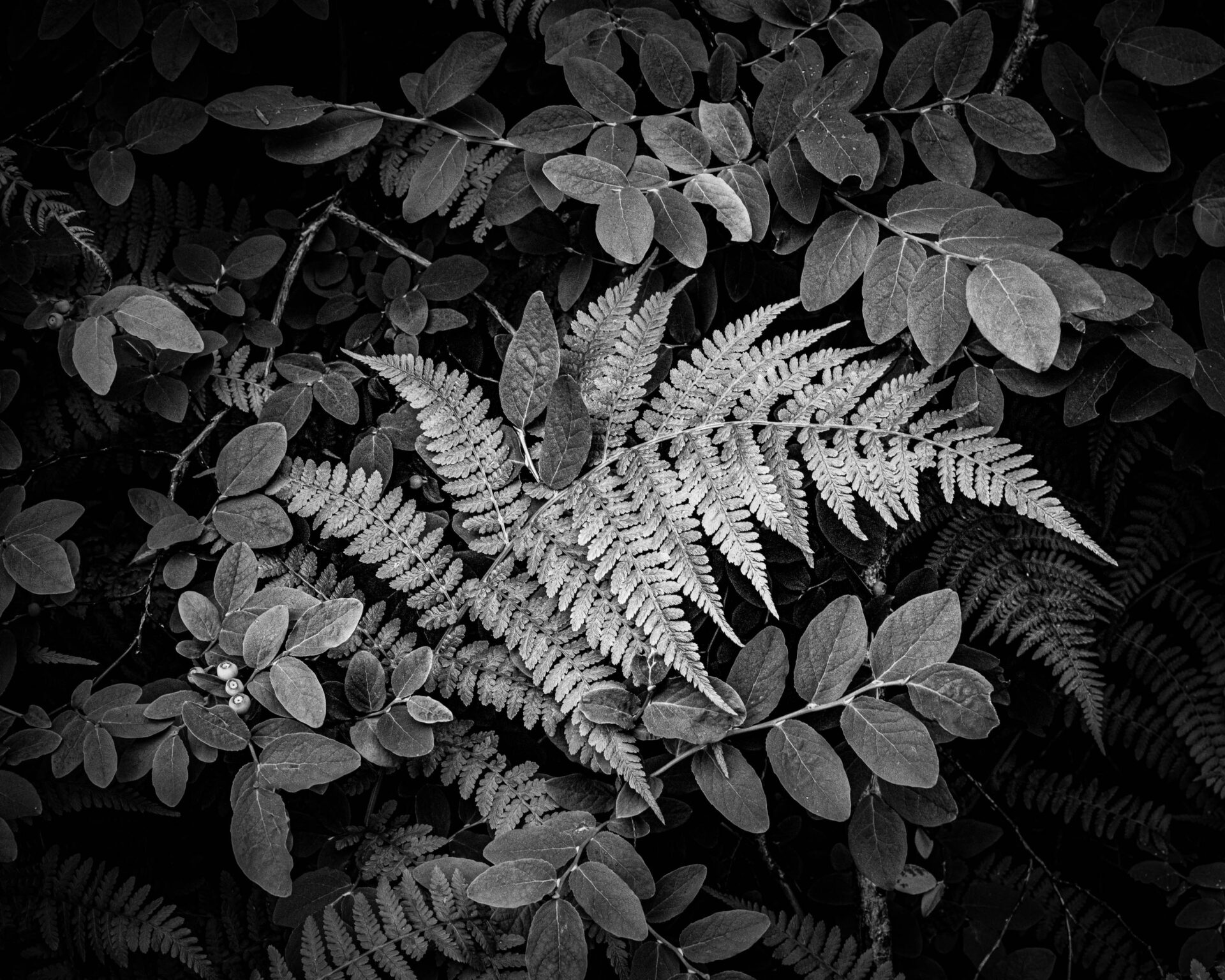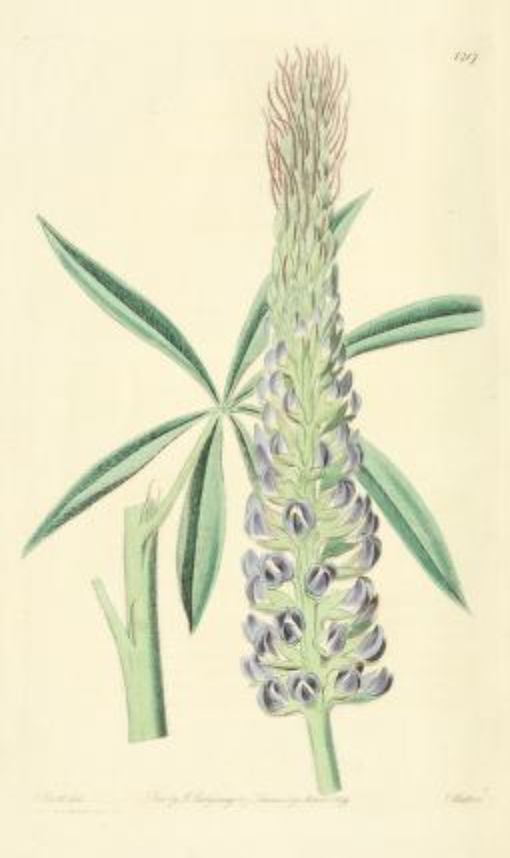
As the snow continued to fall just beyond the floor to ceiling window, I listened to author Jack Nesbitt tell the story of David Douglas and the time he spent in the Inland Northwest in the early 19th century.
David Douglas is the botanist for whom the ubiquitous Douglas Fir is named after. It is the most common pine tree in the state of Oregon and one of the most popular Christmas tree choices for decorating our home in Winter.
I came away from the lecture fascinated with the idea that the wildflower seeds of phlox and blazing star that Douglas collected on his journey through the Columbia Plateau became popular flowers in English Cottage Gardens. Brown Peony’s originated from here as well. Vast fortunes were made through the propagation of seeds that Douglas sent back to England.
I think what struck me the most was the indigenous knowledge of edible and medicinal plants that Douglas learned from the various tribes. I found the author’s hypothesis that it was David Douglas’ native Scottish Gaelic accent that helped him learn to speak the Chinook Tribal language because of the similar phoneme patterns.
Unlike the fur traders who would negotiate with the men, Douglas would spend time with the women learning how to harvest and cook using an earth oven. He learned to navigate the landscape by the seasons of the plants and how the natives would propagate plants to insure a food supply for the next year as they passed through in a migratory pattern that worked in harmony with the natural food supply. It is a deep knowledge of the landscape that is lost to most of us.

The interest in botany consumed Europe and led to the development of beautiful artwork that I admire. Seeds that were sent back would be planted and grown and turned into copper plate illustrations that would be hand painted in an assembly line production of seed catalogs. The most well known catalog was the Edward’s Botanical Register published from 1819-1847 where this lupine image was published in 1829.
Nesbitt described many individual species of plants and told their story. It is fascinating to note the number of plants that magically appear after a fire like Fireweed and Streambank Hollyhock . Their seeds lay dormant underground until nature calls them up after a burn.
Other plants such as the Biscuit Root were known for their food properties and variety of flavors each family could create with it. I can see how each plant possesses it’s own narrative. I look forward to reading Nesbitt’s book and going out for hikes in the near future to see what stories I might find. In the meantime enjoy this photograph I made of a fern growing amongst a huckleberry bush while I was on a hike in the Redwoods in 2021.
Happy Trails,
Ira

